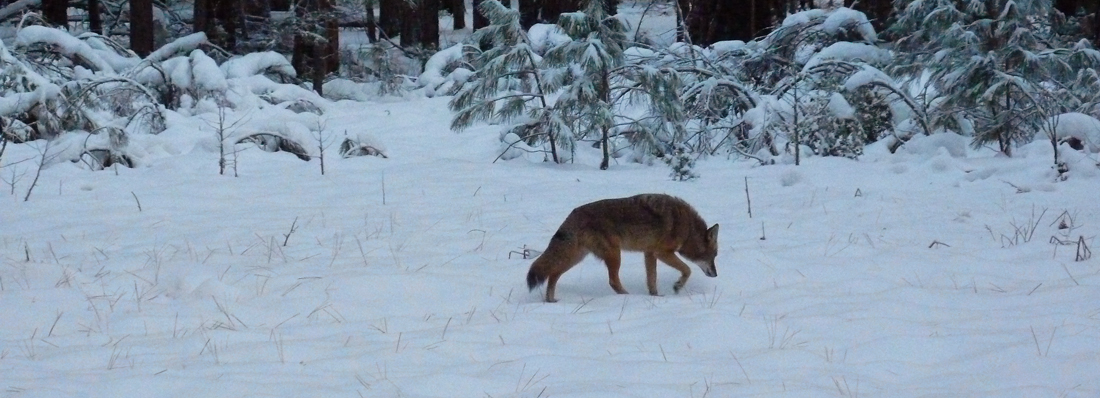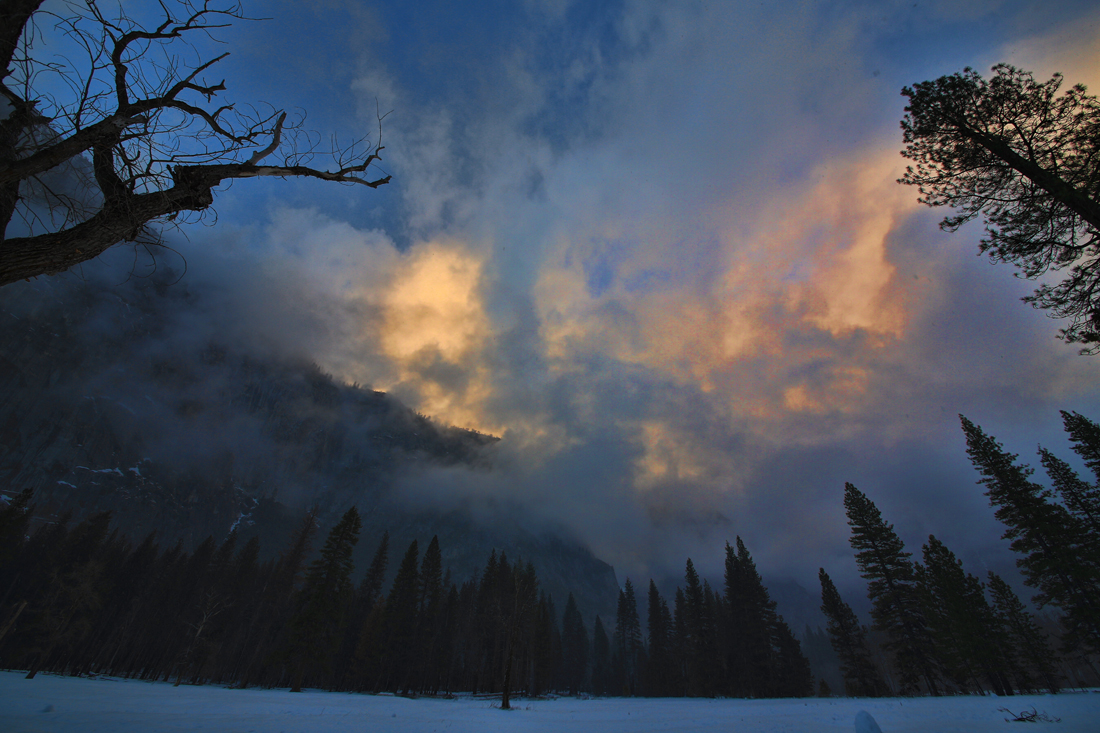Is this a Ovis canadensis mexicana?
Because of all the interest we had on a older blog post "To catch an Elk" I thought that once in a while I would write about capturing wildlife while working at my wildlife agency job.
By the way thank you for the comments and encouragement! You can see that post by visiting our older writings.
So how does one capture a big horn sheep alive if one needs to collect biological information from the animal? Sheep typically live in remote steep canyons.... Well it can be done safely. Capturing sheep is an interesting and well coordinated process involving several game wardens, handlers, biologists, gunners and finally pilots.
Recently I helped with such a task on the job. This project involved several days and resulted in the capture of many animals both male and female. We staged on the side of a deep canyon called Kanab Creek... just outside Grand Canyon Park along a canyon point. This by the way is the same creek that flows through Kanab UT only as it nears the Grand Canyon it becomes a deep hole in the ground. Big mule deer, chucker's and big horn sheep live here. Another interesting point about this canyon is if you have ever watched the western "The Outlaw Josey Wales" the ending scenes were shot in the bottom of this canyon.
OK back to our topic. The way this capture process works is the biologist’s stage on the side of a canyon and waits for the hunters to bring the captured sheep back to the staging area.


The hunters consist of a helicopter with 3 individuals usually game wardens trained in this process. An experienced pilot is needed because one needs to fly close to steep canyon walls where the sheep are. Got to watch those long twirling blades against canyon walls you know. Also on board is a net gunner who fires a net gun while the pilot chases the sheep. This gunner is strapped to the chopper but hangs precariously out on the skid trying to get a good shot. These are single shot rifles powered by a 308 rim fire cartridge that propel a net up to 30 to 40 yards. Takes a bit of practice to become proficient with one. The third person is called a mugger and they sit beside the pilot. Their job, once the animal is netted is to be safely dropped off, on a nearby ledge and work toward the netted animal, hobble and gather up the sheep and carry it back and load it onto to the hovering helicopter. Male sheep weigh 125-300 pounds so at times this can be a difficult process for a mugger. As you can guess this is dangerous and exciting work. All this work utilizes radio commutations to make the process as safe as possible for all.

Choppers search for sheep from different herds, capture the animal and return it to the waiting ground crew. The ground crew unloads the sheep from the chopper and begins to collect the biological info needed from each animal.
Another ground person carefully reloads the net gunner’s gun, for the next round. Sometimes first aid is provided to muggers as they have a possibility of getting kicked by sheep. By the way no drugs are used in this process.
Hold on boys and girls!
As soon as the biologists work is complete the sheep is quickly flown back to the herd that it came from, and released. If you are not a wear big horn sheep have strong necks and heads. Big horn sheep have a strong large muscle (hump) on the back of their necks that aid males to charge and hit each other during certain times of the year. Since no drugs are used a large male can be combative. It literally takes two strong handlers to hold the animal down while it is being worked on.
Mugger kicked by a sheep.
Impressive Big Horn Sheep Facts
During the fall rut a crashing sound can be heard for up to a mile in western desert canyons. If you are in such a canyon it echos off walls. Its one of the coolest canyon sounds there is! Its the sound of rams clashing horns to establish dominance and breeding rights. Rearing up on their hind legs, both rams charge full speed toward each other hitting heads thus using their horns as battering rams. Although this hit is done with considerable force both animals are seldom hurt because of skull construction and those massive neck muscles mentioned earlier that absorb the shock.
Bighorn sheep live an average of eight years, but can live up to 16-18 years.
Growth rings on a bighorn sheep’s horns can be used to determine their age.
Kanab Canyon
Camera lessons
I used Canon equipment for this work. The camera I worked with was a 40D with a Tamron 18 to 280 lens on it. For a couple of shots I used a Canon 10 to 22 and a 70 to 200L lens. I used a dust protecting filter on the front of the lens. This particular 40D is covered with body armor... thus cuts down on helicopter dust. I set the camera to 400 ISO most of the time since I varied the f-stop and didn’t have the time to quickly change ISO. I worked off Aperture priority which allowed me to quickly change depth of field and create the look I wanted.
This is hard and fun work!
Thanks for reading!
Stay safe and please don’t try this at home….Mark


.jpg)

.jpg)















































